Linux 下如何使用对 GD32F310G START 进行在线调试以及程序下载
需要使用的关键工具是,开源的调试器 openocd, 涉及到有两个配置文件,分别是 target 的配置文件 gd32f3x.cfg:
# script for stm32f3x family # # stm32 devices support both JTAG and SWD transports. # source [find target/swj-dp.tcl] source [find mem_helper.tcl] if { [info exists CHIPNAME] } { set _CHIPNAME $CHIPNAME } else { set _CHIPNAME stm32f3x } set _ENDIAN little # Work-area is a space in RAM used for flash programming # By default use 16kB if { [info exists WORKAREASIZE] } { set _WORKAREASIZE $WORKAREASIZE } else { set _WORKAREASIZE 0x4000 } # JTAG speed should be <= F_CPU/6. F_CPU after reset is 8MHz, so use F_JTAG = 1MHz # # Since we may be running of an RC oscilator, we crank down the speed a # bit more to be on the safe side. Perhaps superstition, but if are # running off a crystal, we can run closer to the limit. Note # that there can be a pretty wide band where things are more or less stable. adapter speed 1000 adapter srst delay 100 if {[using_jtag]} { jtag_ntrst_delay 100 } #jtag scan chain if { [info exists CPUTAPID] } { set _CPUTAPID $CPUTAPID } else { if { [using_jtag] } { # See STM Document RM0316 # Section 29.6.3 - corresponds to Cortex-M4 r0p1 set _CPUTAPID 0x4ba00477 } { set _CPUTAPID 0x2ba01477 } } swj_newdap $_CHIPNAME cpu -irlen 4 -ircapture 0x1 -irmask 0xf -expected-id $_CPUTAPID dap create $_CHIPNAME.dap -chain-position $_CHIPNAME.cpu if {[using_jtag]} { jtag newtap $_CHIPNAME bs -irlen 5 } set _TARGETNAME $_CHIPNAME.cpu target create $_TARGETNAME cortex_m -endian $_ENDIAN -dap $_CHIPNAME.dap $_TARGETNAME configure -work-area-phys 0x20000000 -work-area-size $_WORKAREASIZE -work-area-backup 0 set _FLASHNAME $_CHIPNAME.flash flash bank $_FLASHNAME stm32f1x 0 0 0 0 $_TARGETNAME reset_config srst_nogate if {![using_hla]} { # if srst is not fitted use SYSRESETREQ to # perform a soft reset cortex_m reset_config sysresetreq } proc stm32f3x_default_reset_start {} { # Reset clock is HSI (8 MHz) adapter speed 1000 } proc stm32f3x_default_examine_end {} { # Enable debug during low power modes (uses more power) mmw 0xe0042004 0x00000007 0 ;# DBGMCU_CR |= DBG_STANDBY | DBG_STOP | DBG_SLEEP # Stop watchdog counters during halt mmw 0xe0042008 0x00001800 0 ;# DBGMCU_APB1_FZ |= DBG_IWDG_STOP | DBG_WWDG_STOP } proc stm32f3x_default_reset_init {} { # Configure PLL to boost clock to HSI x 8 (64 MHz) mww 0x40021004 0x00380400 ;# RCC_CFGR = PLLMUL[3:1] | PPRE1[2] mmw 0x40021000 0x01000000 0 ;# RCC_CR |= PLLON mww 0x40022000 0x00000012 ;# FLASH_ACR = PRFTBE | LATENCY[1] sleep 10 ;# Wait for PLL to lock mmw 0x40021004 0x00000002 0 ;# RCC_CFGR |= SW[1] # Boost JTAG frequency adapter speed 8000 } # Default hooks $_TARGETNAME configure -event examine-end { stm32f3x_default_examine_end } $_TARGETNAME configure -event reset-start { stm32f3x_default_reset_start } $_TARGETNAME configure -event reset-init { stm32f3x_default_reset_init } $_TARGETNAME configure -event trace-config { # Set TRACE_IOEN; TRACE_MODE is set to async; when using sync # change this value accordingly to configure trace pins # assignment mmw 0xe0042004 0x00000020 0 }
board 的配置文件 gd32f3start.cfg
# sudo openocd -f interface/cmsis-dap.cfg -c "transport select swd" -c "set CPUTAPID 0" -f target/gd32f3x.cfg # source [find interface/cmsis-dap.cfg] transport select swd set CPUTAPID 0 set WORKAREASIZE 0x2000 source [find target/gd32f3x.cfg] proc gdd { pos } { if { $pos == 0 } { reset; halt; flash write_image erase TencentOS_tiny.bin 0x8000000; reset; echo "stm down firm 2 internal flash success" } else { echo "invalid gdd down to others" } }
分别将上述配置文件放到 openocd 的安装目录,大概是这样的:
▸ tree -L 1 /usr/share/openocd/scripts/ /usr/share/openocd/scripts/ ├── bitsbytes.tcl ├── board ==> 放 gd32f3start.cfg 配置文件 ├── chip ├── cpld ├── cpu ├── fpga ├── interface ├── mem_helper.tcl ├── memory.tcl ├── mmr_helpers.tcl ├── target ==> 放 gd32f3x.cfg 配置文件 ├── test └── tools 9 directories, 4 files
连接开发板的命令是 openocd -f board/gd32f3start.cfg, 如果一切顺利你会看到这样的信息:

接下去可以:
使用 arm-none-eabi-gdb 连接本机的 3333 端口远程调试开发板
使用 telnet 链接本机的 4444 端口进行程序下载调试
效果大概是这样的:

环境搭建好了之后,就可以开发愉快的开发了。
移植 Tencent OS 到 GD32F310G START
移植系统比较快的方法是:
参考一个架构类似的处理器的工程,然后复制修改替换,保证编译通过
阅读整个系统的代码走向,点灯调试
逐步优化代码,最后可以提交 療 到上游
此处具体的移植步骤我就不详细记录了,因为网上有丰富的系统移植的教程,都是大同小异的。我在此仅仅展示下我移植过程中的一些提交记录:

特别地,我将 TencentOS Tiny 的 shell 组件添加进来了,所以效果是这样的:

审核编辑:刘清
-
ARM
+关注
关注
134文章
9099浏览量
367733 -
Linux
+关注
关注
87文章
11310浏览量
209652 -
JTAG
+关注
关注
6文章
400浏览量
71702 -
调试器
+关注
关注
1文章
305浏览量
23753
发布评论请先 登录
相关推荐
SSM开发环境的搭建教程 SSM与Spring Boot的区别
ARM控制器与Node-Red:获取气象网站数据

利用ARMxy边缘计算机BL340与Node-Red实现LED设备的开闭控制
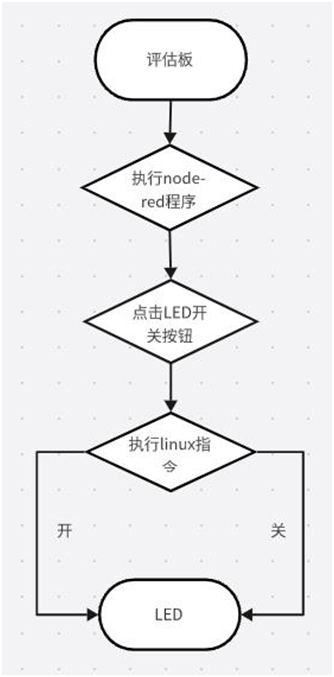
ESP_MESH_LITE项目在menuconfig中修改MESH_ID无效的原因?
求助,关于搭建ESP mesh lite组网遇到的问题求解
Node-RED初学者教程-三分钟学习

Node-RED安装本地教程
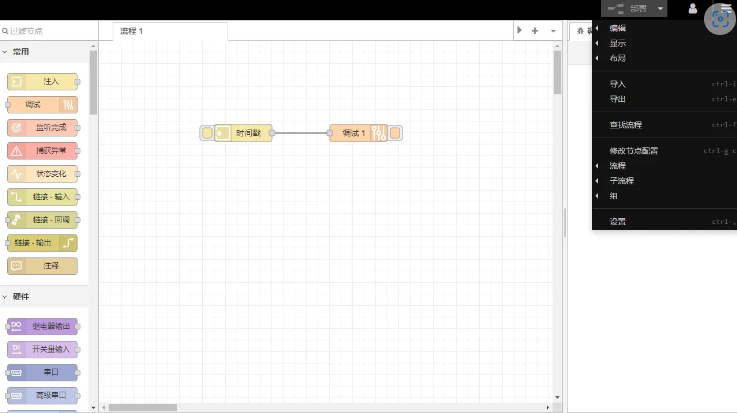
Node-RED实现电表数据采集并上云

SOLIDWORKS教育版使学生了解如何加快设计项目的速度
硬件测试服务项目的重要性和作用
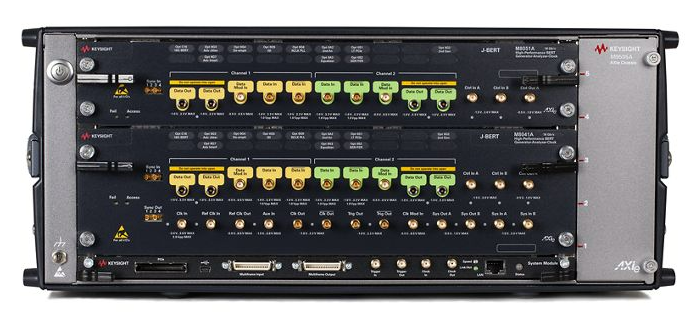
OpenHarmony 移植:build lite 编译构建过程
焊接过程监控记录
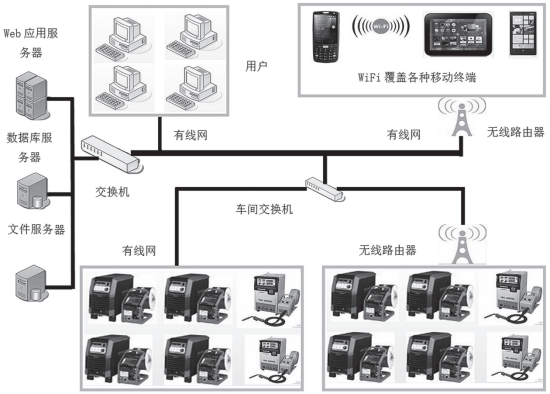




 记录Red Lite Env项目的基础搭建过程及碰到的问题
记录Red Lite Env项目的基础搭建过程及碰到的问题

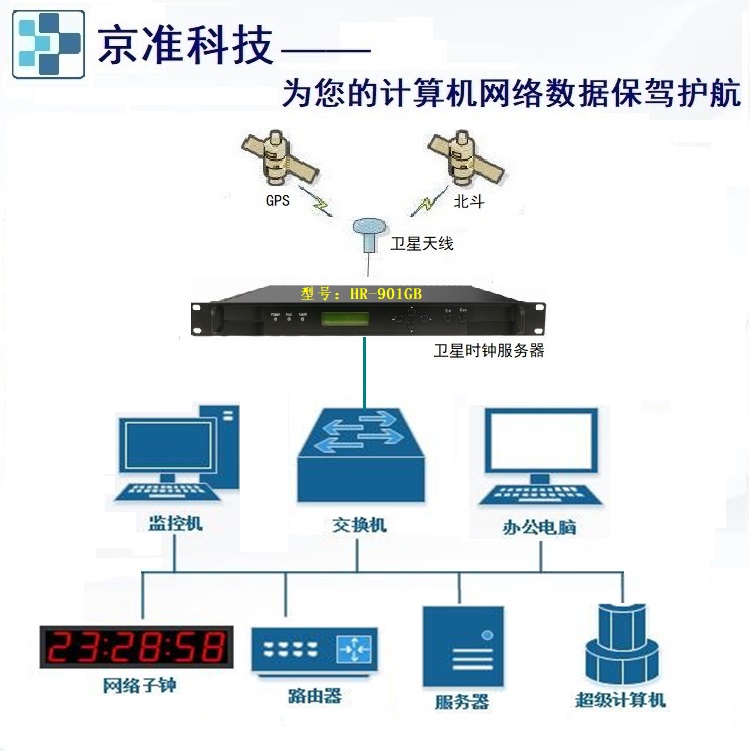










评论